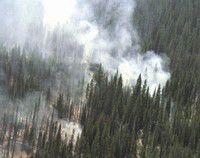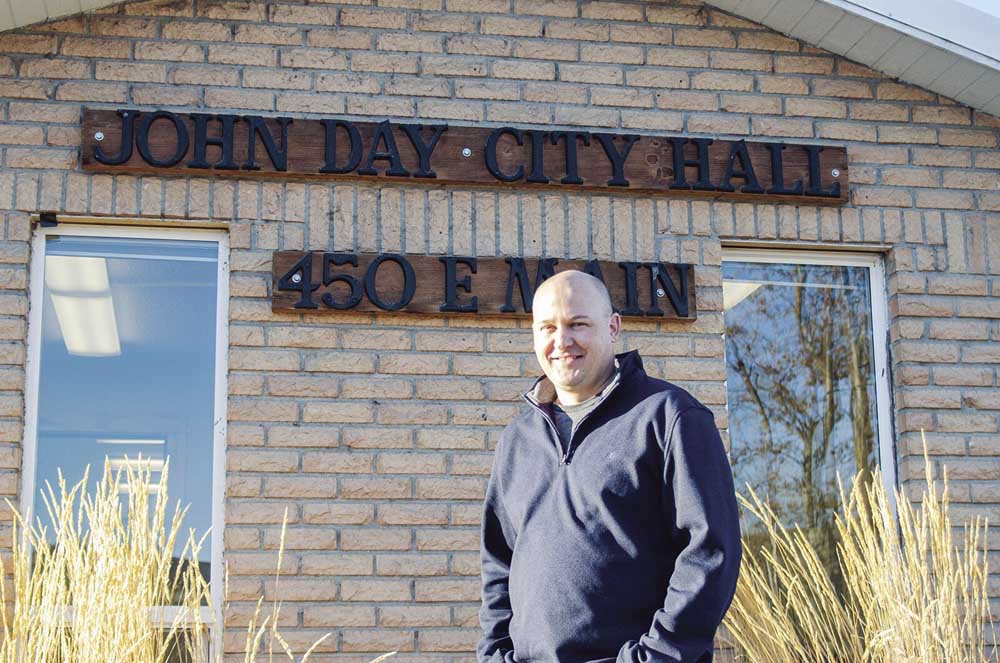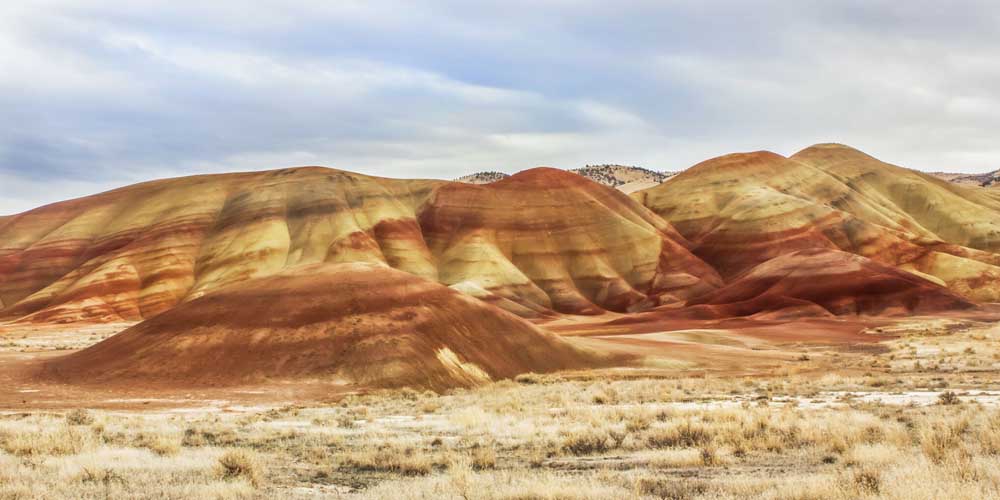Satellite technology tracks weather
Published 5:00 pm Thursday, August 1, 2002

- The Eagle/DAVID CARKHUFF Weather can change in a moment, as evidenced by this flare-up on the High Lake Fire as seen from a helicopter overflight.
PRAIRIE CITY – As the saying goes, “If you don’t like the weather, wait a minute.” For meteorologists on the Flagtail/Malheur Complex fire in east-central Oregon, their wait for weather information is now literally split seconds. That’s because a first of its kind satellite weather imaging system is being used that provides detailed up to the second pictures of weather systems could impact the fire. It is a breakthrough in the use of technology to bring real time data to those who can use it the most.
“We can measurably increase the safety factor of our fire fighters by providing them with instantaneous information on rapid changes in the weather,” said Bob Nester, incident meteorologist on the Flagtail/Malheur Complex fire. “With this brand new technology I can instantly notify the Incident Management Team if inclement weather is coming so that they can warn the firefighters to seek safety. This equipment will help prevent injuries and save lives.”
For the first time, satellite dishes placed in a remote fire camp have linked to National Weather Service office computers to provide real-time weather information to a wildfire situation. The system, called FX-Net, seamlessly knits together state-of-the-art computers and powerful software in a two-way data link over the Internet that is separated by satellites in distant space and thousands of miles of earth. Nester says the result is an ability to transmit and receive data nearly 20 times faster that most home computers.
“Previous to this, we used phone lines to receive fire weather information over the Internet. That system often took 20 minutes to download complex information. With FX-net, I can view in real time lightening strikes to the earth, and provide firefighters with the information they will need to make smart and safe decisions on the fire line.”
While FX-Net is new to the world of fire fighting, the system was first successfully utilized at the 2002 Winter Olympics in Salt Lake City. There, meteorologists used the system to provide organizers with up-to- the-moment weather information. The result was better planning at the games and fewer surprises from inclement weather.
It was that experience that led National Weather Service officials to think that FX-Net might have a wider application for emergency incidents ranging from floods and earthquakes as well as large wildfires. Buoyed by a $500-thousand grant from the U.S. Department of Commerce, the parent agency of the National Weather Service, the results are as clear to see as a blue ski on a summer day.



